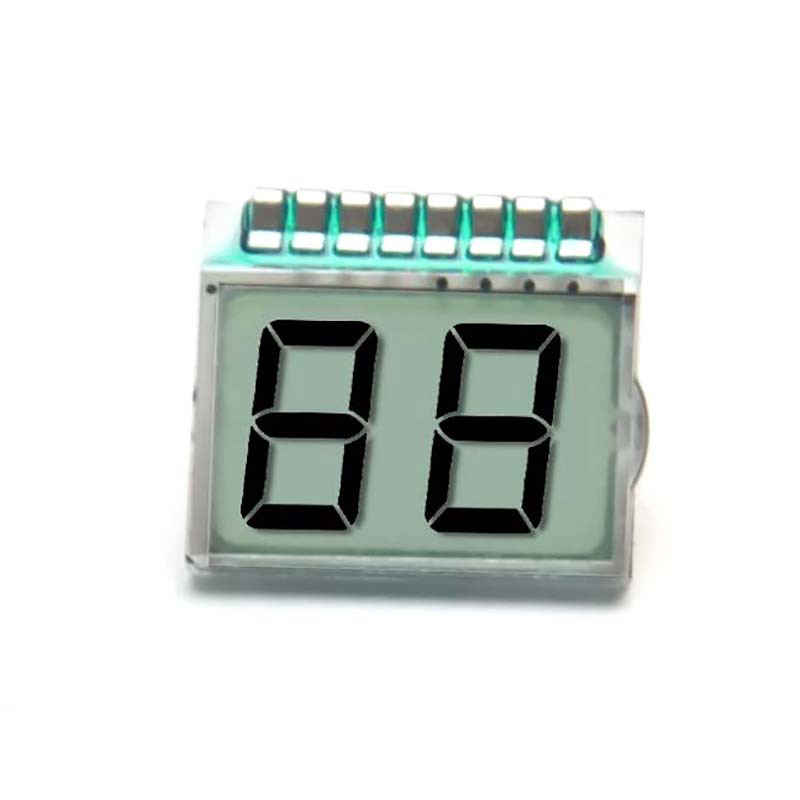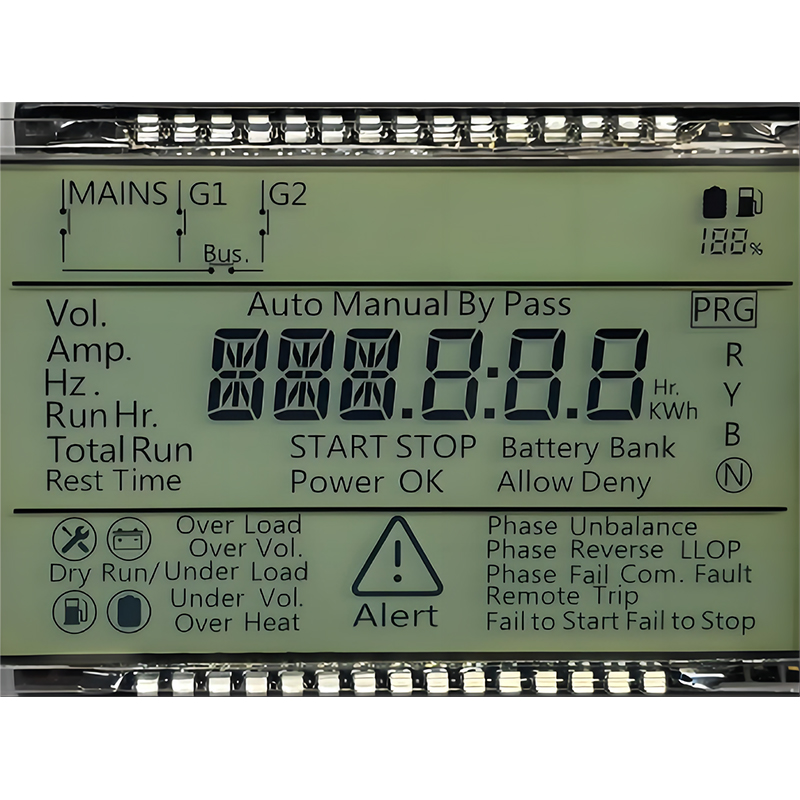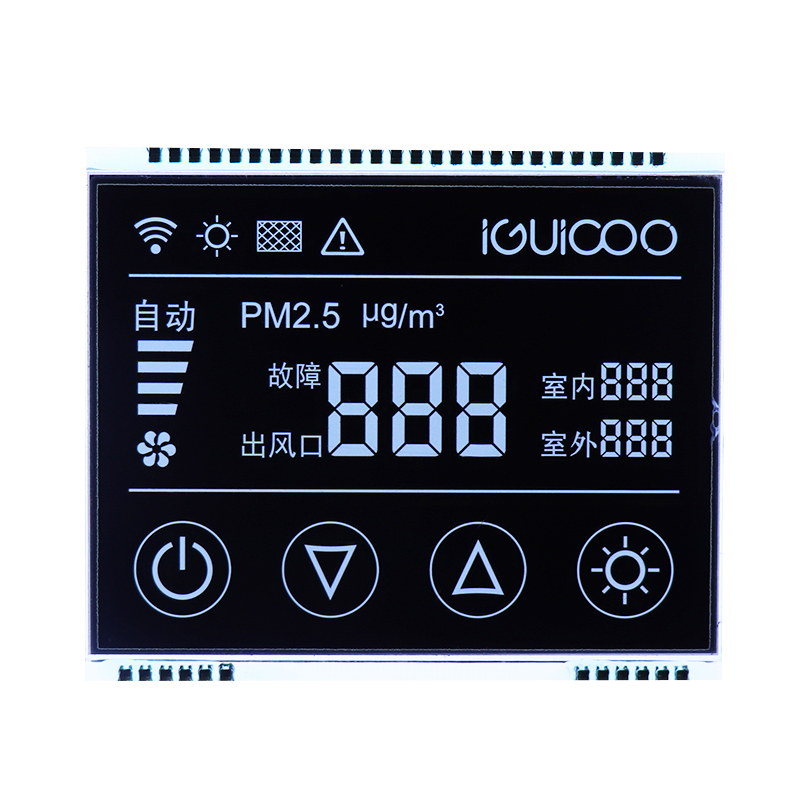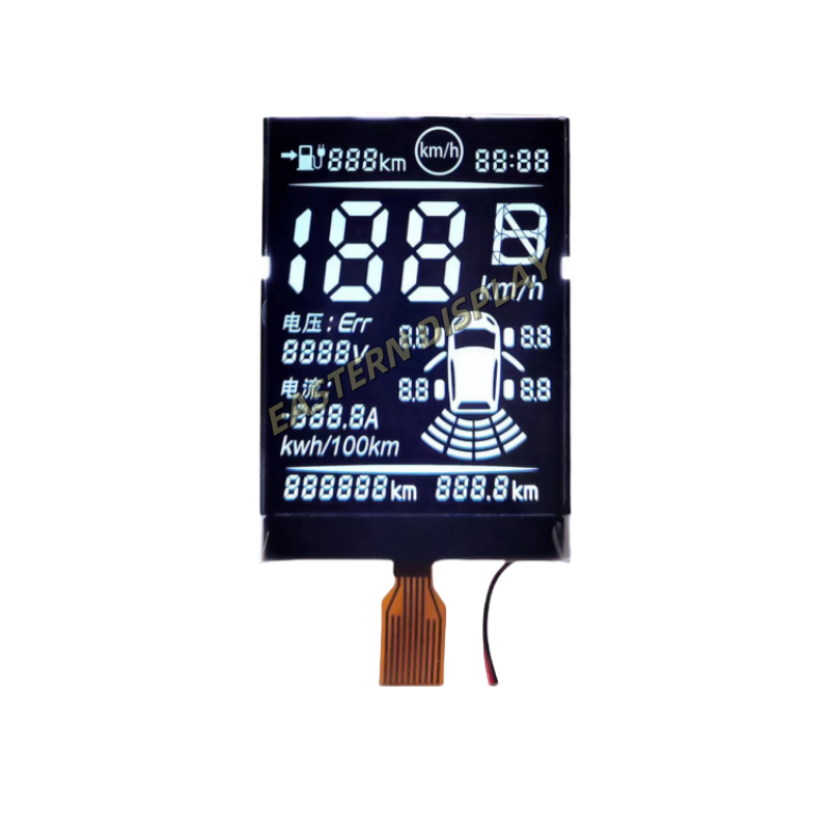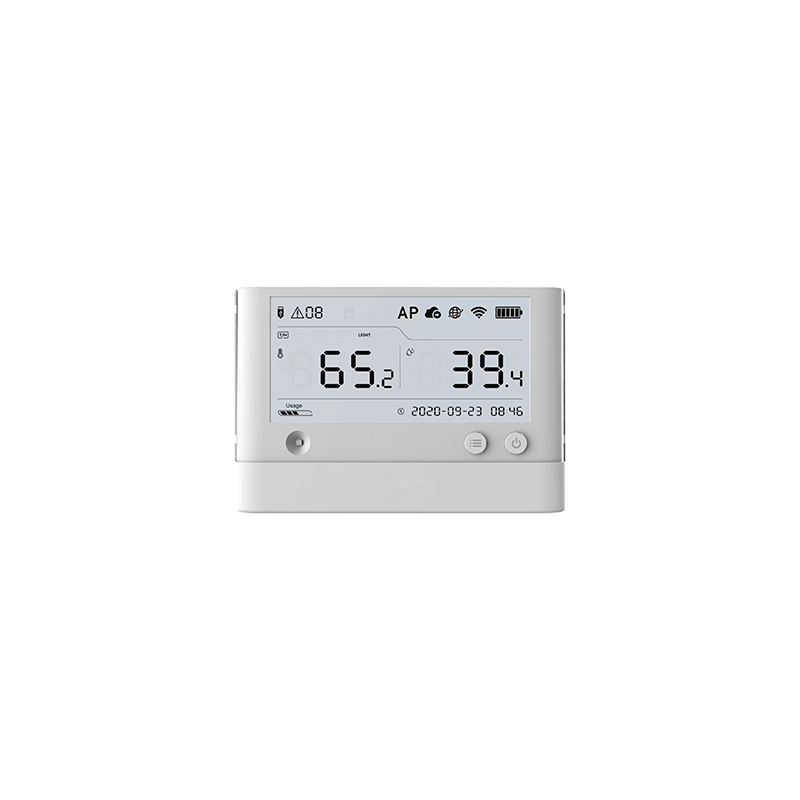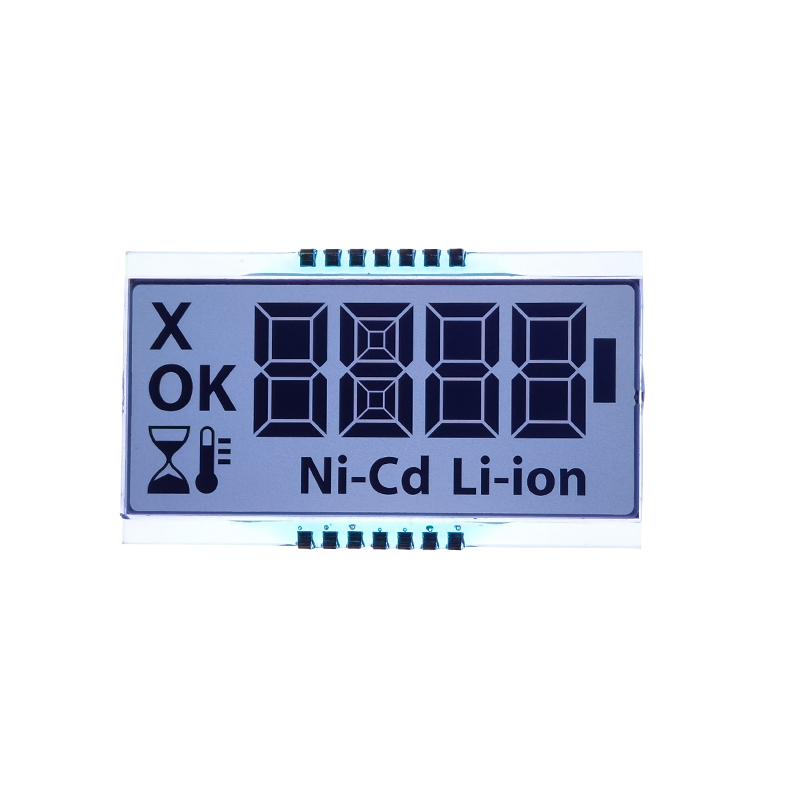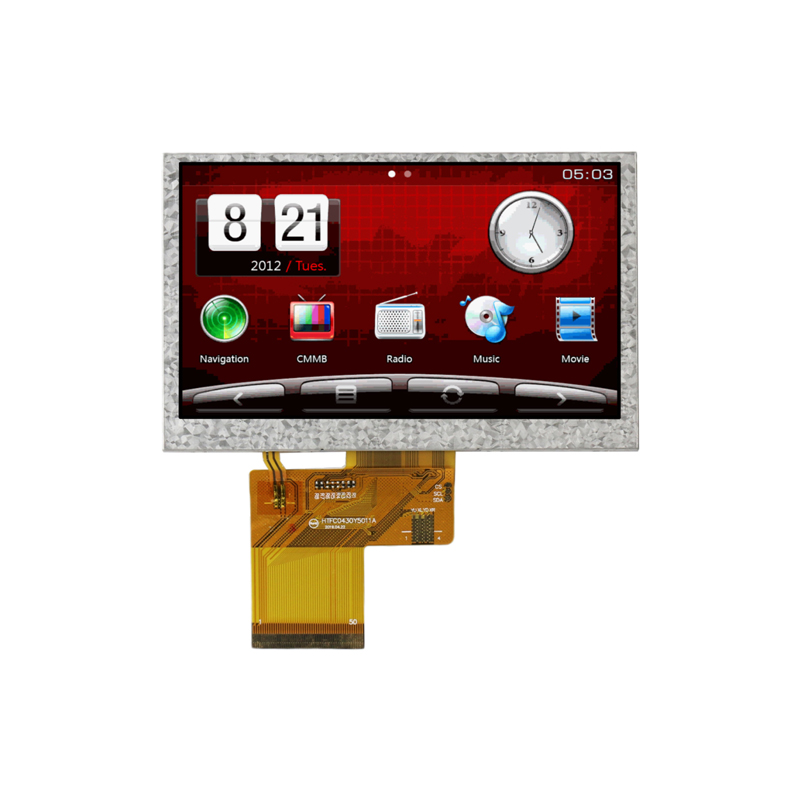
This comprehensive guide explores the popular LCD2004 character LCD display, covering its specifications, interfacing, programming examples, common issues, and potential applications. Learn how to effectively integrate this versatile display into your electronics projects.
The LCD2004 is a 16x2 character LCD display module based on the Hitachi HD44780 controller. This means it can display 16 characters across two lines. Key features include its relatively low power consumption, ease of use, and wide availability, making it a popular choice for hobbyists and professionals alike. It typically operates at 5V, although some models might support a wider voltage range. The display uses a parallel interface, requiring several data and control pins for communication with a microcontroller.
Connecting the LCD2004 involves understanding its pinout. While pin configurations might slightly vary between manufacturers, the core functionality remains consistent. Common pins include:
Detailed pin diagrams are usually available on datasheets provided by manufacturers like Dalian Eastern Display Co., Ltd. Consult your specific LCD2004 module's documentation for accurate pin assignments.
Programming the LCD2004 typically involves sending commands and data through the data lines. This is achieved using specific control signals and data bytes defined by the HD44780 controller. Popular microcontroller platforms like Arduino, Raspberry Pi, and various microcontrollers support the LCD2004 with readily available libraries simplifying the process.
While specific code varies depending on the library used, the basic structure involves initializing the LCD, specifying the cursor position, and sending characters to be displayed. Many libraries handle the low-level details of communication with the LCD2004, simplifying the development process.
Common issues encountered with LCD2004 modules include contrast problems, display issues, and connectivity problems. Contrast problems can often be resolved by adjusting the potentiometer connected to the V0 pin. Display issues might indicate a problem with the power supply, wiring, or the LCD module itself. Connectivity problems typically stem from incorrect wiring or faulty connections. Remember to always double-check your wiring and power supply before attempting more advanced troubleshooting steps.
The LCD2004 finds wide application in various projects, from simple displays showing temperature readings and time to more complex projects involving data logging and user interfaces. Its affordability and ease of use make it ideal for prototyping and educational purposes. The versatility of the LCD2004 makes it a key component in numerous embedded systems projects.
| Feature | LCD2004 | Alternative LCDs |
|---|---|---|
| Character Size | 16x2 | Various sizes available |
| Interface | Parallel | Parallel, I2C, SPI |
| Power Consumption | Low | Varies by model |
| Cost | Low | Varies by features and size |
Remember to always consult the datasheet for your specific LCD2004 model for detailed specifications and pinouts. This guide provides a general overview; specific implementation details may differ based on your chosen microcontroller and libraries. For more technical information or to purchase LCD2004 modules, consider visiting Dalian Eastern Display Co., Ltd.

